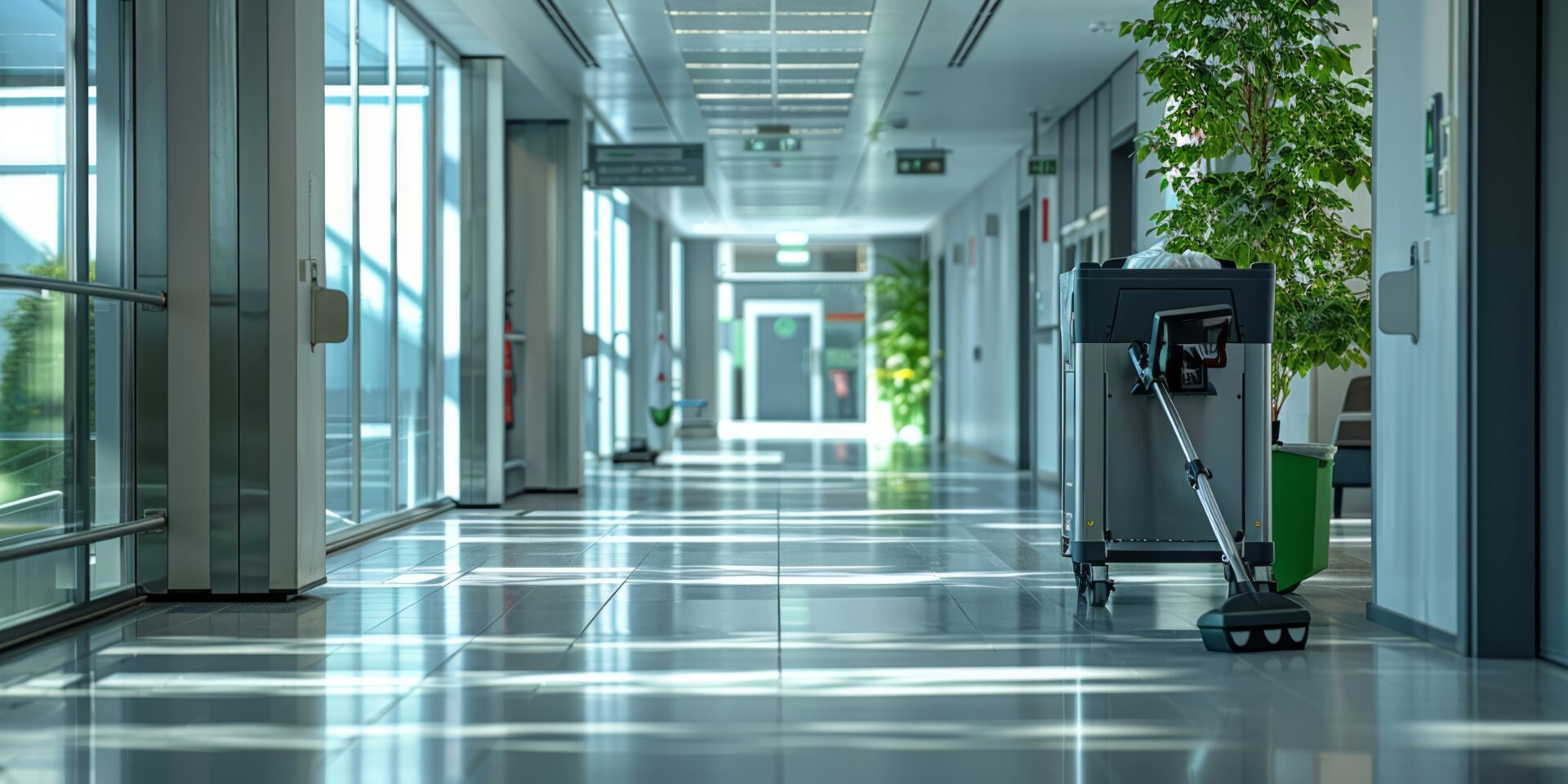
How to Improve Indoor Air Quality in Your Buildings
As a building owner or operator, ensuring optimal indoor air quality (IAQ) in your spaces is essential for the well-being and productivity of your tenants and occupants. To help you get started, here’s a guide to ensure you are meeting indoor air quality standards across your real estate portfolio.
Understanding Indoor Air Quality Standards
To start, it’s important to understand building standards for indoor air quality, such as those set by ASHRAE and the EPA.
ASHRAE (American Society of Heating, Refrigerating, and Air-Conditioning Engineers) standards are essential guidelines that set the benchmark for indoor air quality in buildings. These standards ensure that HVAC systems maintain optimal air quality by specifying acceptable levels of pollutants and proper ventilation rates.
The EPA (Environmental Protection Agency) sets standards to control levels of common indoor pollutants such as volatile organic compounds (VOCs), particulate matter (PM1, PM 2.5, PM 10), carbon monoxide, radon, and formaldehyde. These standards are designed to minimize the presence of harmful substances in indoor air.
Steps to Improve Indoor Air Quality
Once you understand which standards your building needs to meet and which pollutants could be present in your space, you can begin to put a plan in place to measure, manage, and improve indoor air quality. Below are a series of steps to follow.
Invest in regular indoor air quality monitoring and assessment
- Start with an indoor air quality test to establish baseline air quality levels.
- Develop a plan based on the assessment results, targeting key areas for improvement.
- Conduct regular assessments to identify areas with poor air quality and take corrective action.
Enhance Ventilation
- Improve the building’s ventilation system to ensure a constant supply of fresh outdoor air.
- Use high-efficiency particulate air filters in HVAC systems to more effectively capture pollutants.
Control Pollutant Sources
- Reduce the use of products that emit VOCs or formaldehyde, such as certain cleaning supplies, paints, and office equipment. (UV-C is a great alternative for eco-conscious cleaning)
- Implement strict no-smoking policies in and around the building.
Maintain HVAC Systems
- Regularly clean and maintain HVAC systems to prevent the accumulation of dust and mold.
- Ensure that air ducts are free from obstructions and leaks.
Incorporate Indoor Plants
- Use indoor plants to naturally filter and improve air quality.
- Select plants known for their air-purifying qualities, such as spider plants and peace lilies.
Improve indoor air quality with R-Zero
Indoor air quality is a critical component of maintaining a healthy and productive building environment. Learn more about R-Zero’s indoor air quality solutions here.
More posts you might like
-

Why should I improve indoor air quality (IAQ) & indoor environmental quality (IEQ) in my buildings?
The Importance of Healthy Indoor Air Quality Clean air and proper ventilation indoors is crucial for the creation of high-performance work places, classrooms, and healthcare environments. It’s also essential in fostering comfort, productivity, and well-being for your building occupants. Imagine walking into a building optimized for health and comfort. The air feels fresh and light. […]
-

The importance of indoor air quality testing in office buildings
In today’s workplace, ensuring a healthy and productive environment for employees is crucial. One of the most significant factors influencing workplace well-being is indoor air quality (IAQ). As part of our focus on smart buildings, R-Zero offers advanced indoor air quality testing solutions like the R-Zero IAQ Monitor, designed specifically for enhancing occupant comfort and […]
-

What is Smart Cleaning & How Can it Benefit My Healthcare Facility?
Did you miss our recent webinar on how smart cleaning can help optimize healthcare facilities for people, energy, and sustainability? During the webinar, our healthcare experts covered insights and case studies exploring how data-driven strategies are enhancing hospital cleaning protocols, resulting in optimized EVS staff productivity, faster patient room turnaround, and more effective cleaning of […]

